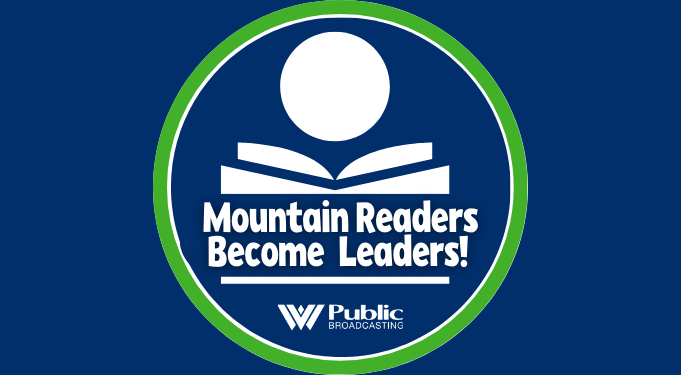Virginia Playwright Brought 'Jack Tales' To Hundreds Of Thousands
Rex Stephenson, a theater professor at Ferrum College at the base of the Blue Ridge Mountains in Virginia, has died at the age of 81. He was best known for telling Jack Tales, in performances that mixed drama, humor, and musical performances to entertain and engage their audiences.
Continue Reading Take Me to More News





















